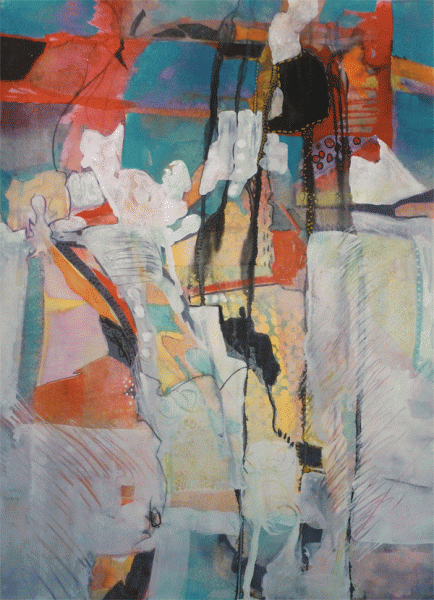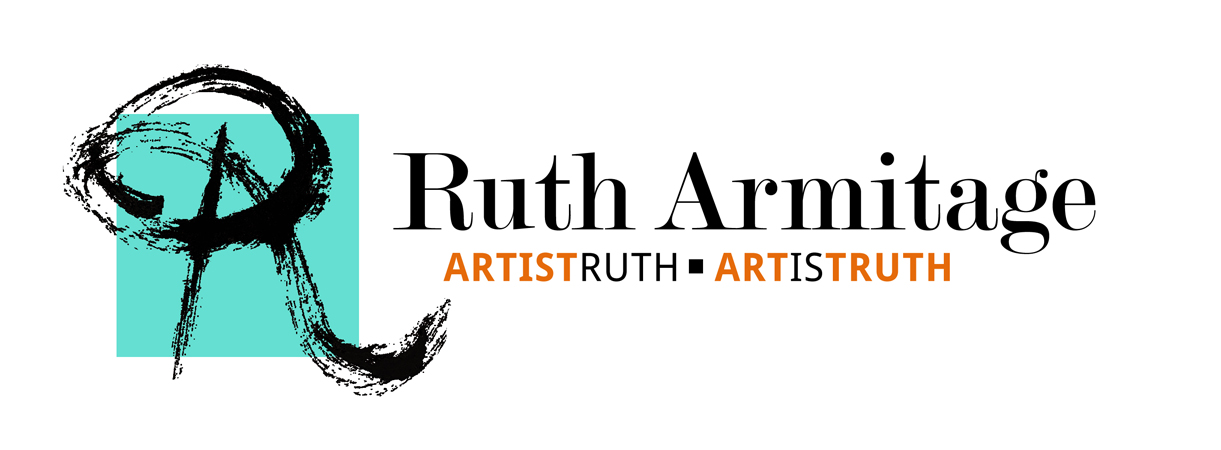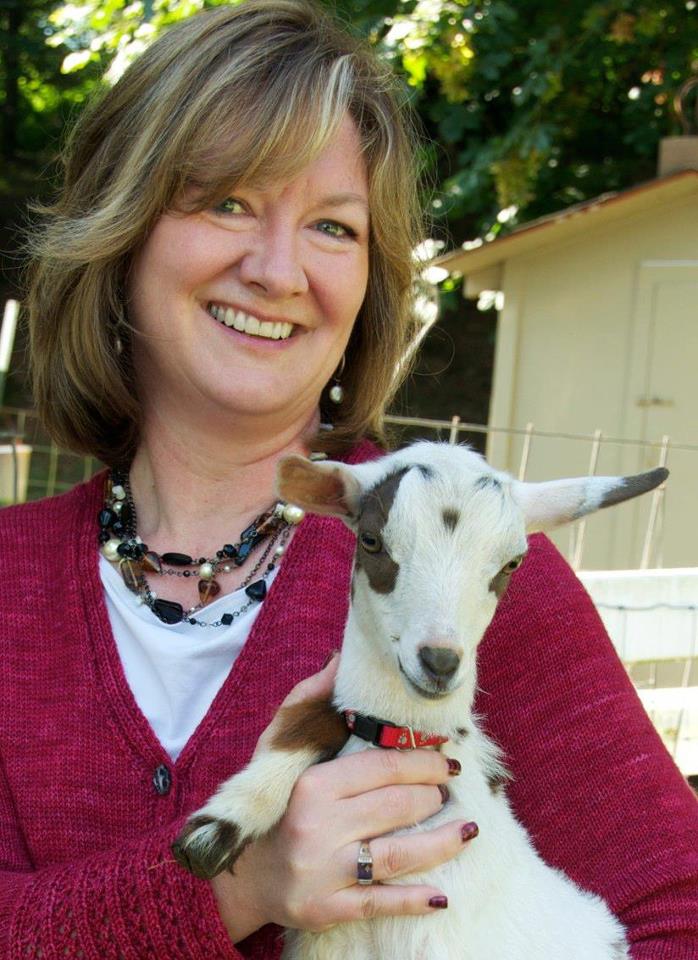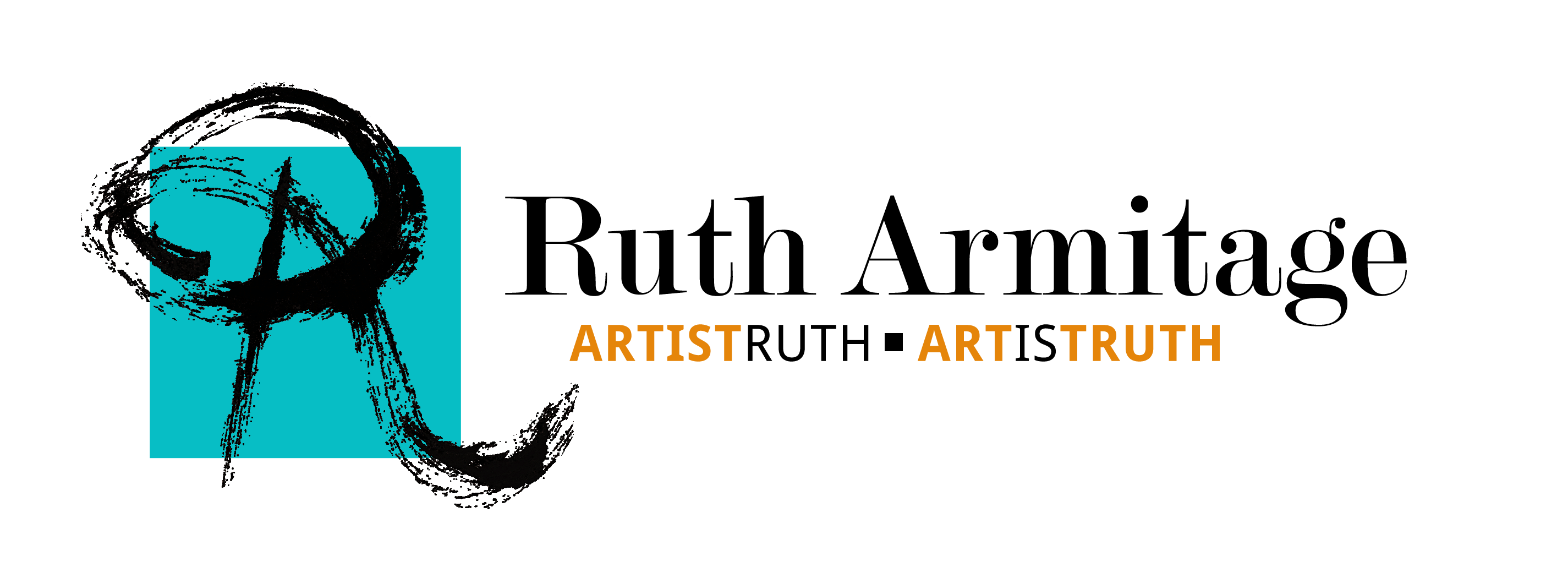
“Hot Wind” ©Ruth Armitage, 2014 Watercolor on paper, 30″x22″
Looking at this on the computer made me realize that I like it, despite the criticism I received about a certain area of the painting. Seeing an image smaller on the screen really helps me see the whole at once. In my blog surfing this morning, I particularly enjoyed this blog by Rebecca Crowell about Coping with the Negative in your art practice. Be sure to click over to the linked and related Comic by DoodleAlley!
“Hot Wind” began as a demonstration in my January Art Journey. I took my time finishing it, adding more glazes of opaque watercolor, mixed with Jacquard iridescent pigment. Very hard to capture the sparklies that are there, but if you zoom in, you might be able to see them. Perhaps I can post a detail shot?

Close up of the some of the sparkles… Everywhere you see white glazes, they are iridescent.

One of my other favorite areas… I love how the yellow marks show through the opaque watercolor so subtly.
Though this painting looks sort of wintery, my original idea was to paint the shimmering heat waves over a field at harvest, and contrast that with the cool river and woods of the upper part of the painting. I’m not sure I accomplished it, but I do like the painting. My other goal was to paint something fairly high key, in contrast to yesterday’s post of a low-key painting.
When I say High-key, I am referring to a painting with mostly light values or colors, and Low-Key would be the opposite: mostly dark values or colors. I love the subtlety of the layered glazes at the bottom here; they remind me of the muted golds of harvested fields, and I think they echo some of the beautiful color in the upper portion of the painting.
It would be an interesting exercise to paint from these cropped detail images. I think the compositions are fairly interesting. So, here are three ideas for painting subjects in a different way:
1. Approach with the idea to do a painting that is more High-Key or light values
2. Do a similar painting trying for a dominantly Low-Key values like “Night Walk”
3. Crop an existing painting and use the resulting composition as the start of a new work



Really good ideas for changing your approach in the next few paintings. This one is beautiful.
Thank you Sue!
I think what is most important is if you like your painting… negative comments or not.
Yes, you are right, Donna.
When looking at small areas, I really like the upper right hand corner.
Thanks Margaret!
Hi Ruth,
Your description of the yellows peaking through the opaque whites reminded me of some of the winter gold colors I saw in Alaska. It was a special light hard to describe but wonderfully beautiful. I do like your title and painting.
Thank you Peggy! Alaska is on my list of places I’d like to see one day.